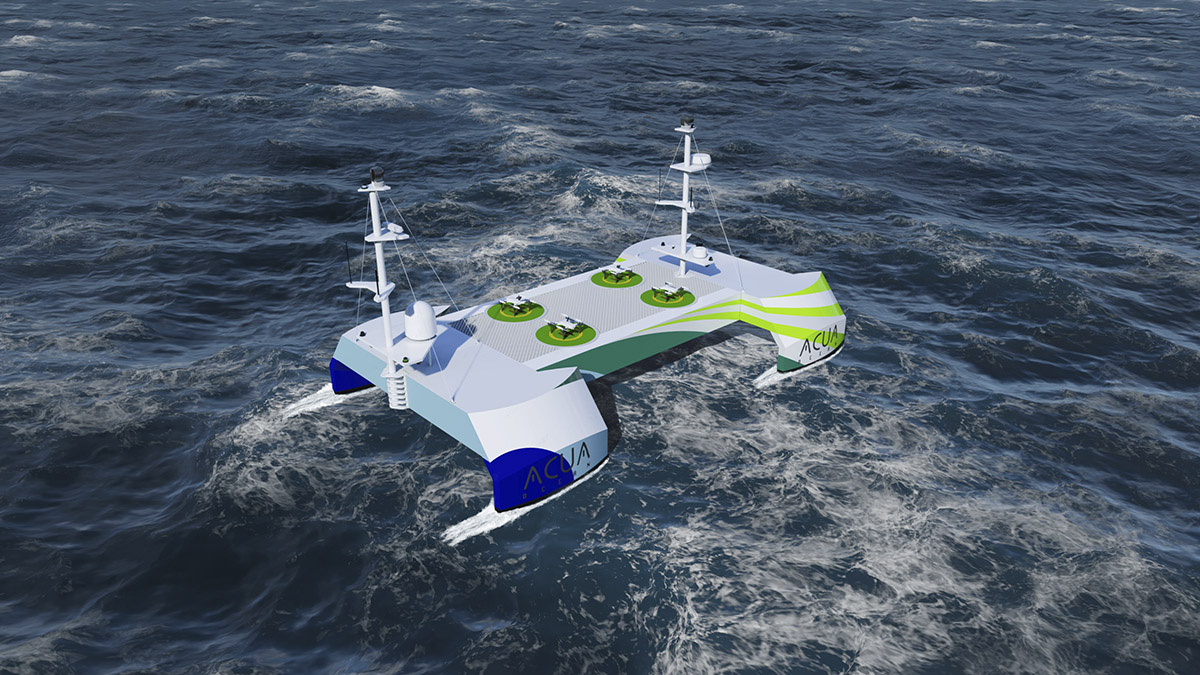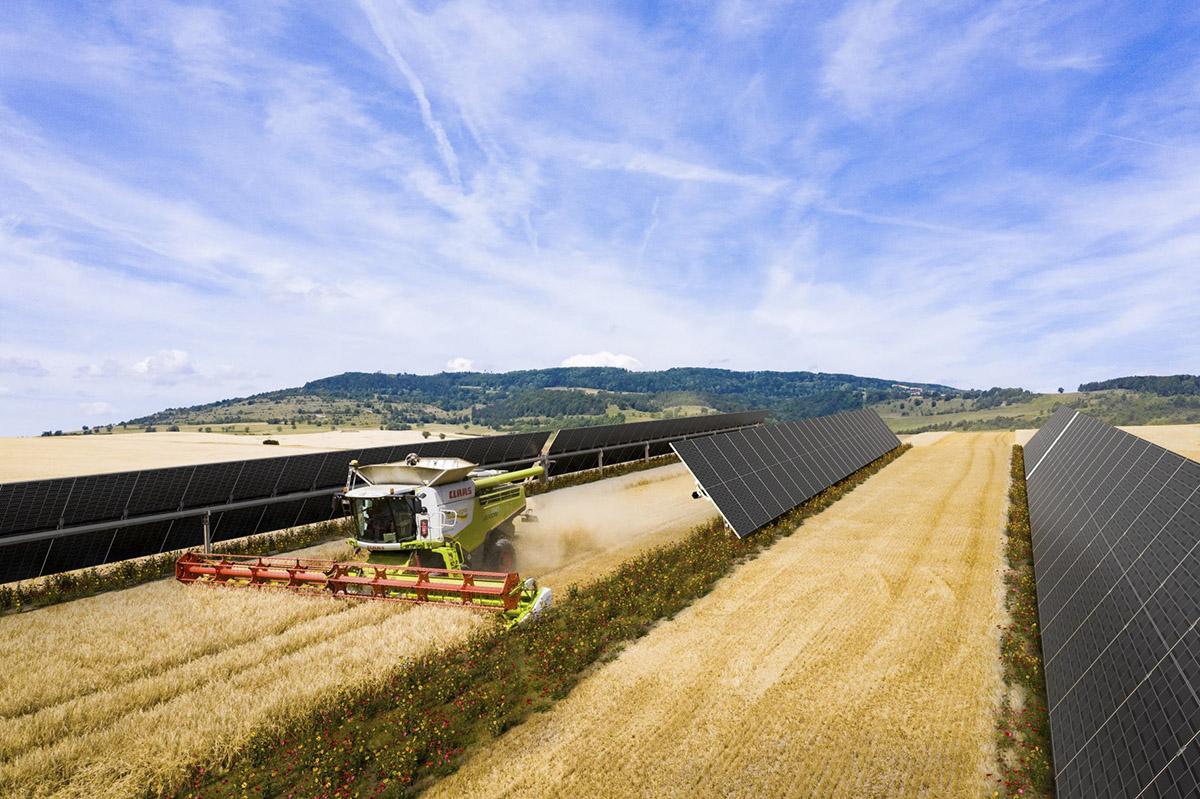5 areas of cleantech innovation to look out for at the COP27 talks
By Jason Deign

Photo: Pexels
This year’s COP27 climate talks in Egypt are expected to focus on ways to help the world’s developing economies adapt to a worsening climate. “We need real emissions cuts, a massive scale-up of public climate finance, and a swift and just transition to renewable energy for everyone,” says Dipti Bhatnagar, Friends of the Earth International climate justice and energy co-coordinator.
Beyond the wrangling over who should pay for climate damages there is still an urgent need to curtail emissions as fast and as far as possible by 2050. To this end, decision makers will be keeping an eye on a range of key cleantech areas that could be vital to decarbonisation. Here are five that are particularly promising.
Advanced geothermal
Geothermal energy is available from the Earth’s crust anywhere in the world, but in most places the heat needed for any useful applications is just too far down. A slew of companies worldwide is working to exploit this energy nonetheless, using advanced geothermal concepts that can go deeper than today’s limited technologies. If they succeed, the advanced geothermal hopefuls will greatly extend the areas benefiting from clean energy.
Direct air capture
Direct air capture (DAC) is the name given to a nascent technology that can trap carbon dioxide in the air so it can be stored underground for millions of years. DAC is the only technology that can emulate nature’s role in removing carbon from the atmosphere, but it is also very expensive and would need to be scaled up massively to be of much use. Ways to tackle the cost and scalability issues are urgently needed.
Floating offshore wind
Offshore wind has already proved to deliver highly scalable amounts of renewable energy, but the current generation of bottom-fixed turbines can only be used in water depths of up to around 50 metres. Floating offshore wind promises to overcome this limitation by putting turbines on platforms that can be anchored in much deeper waters, potentially opening vast new areas for renewable energy generation.
Hydrogen electrolysers
Low-carbon hydrogen is being touted as the fuel that could replace oil and gas in a decarbonised world. For now, the cleanest form of hydrogen, made from water using renewable energy, requires electrolysis and is expensive because of the cost of electrolysers. Research teams are working hard to tackle this problem, with companies such as Hysata touting innovations that could hopefully make hydrogen from electrolysis as cheaply as it is to produce fossil fuels today.
Nuclear fusion
Nuclear fusion is the ultimate clean energy source, potentially delivering unlimited amounts of power with practically no impact on the environment. It is also fiendishly difficult to achieve in practice, earning it the reputation as the energy source of the future that will always remain so. However, recent advances from companies such as TAE Technologies suggest we might one day see working nuclear fusion reactors after all. The question is whether that day will arrive soon enough to make a difference to the climate crisis being debated at COP27.
Subscribe to Our Newsletter
Receive our monthly newsletter by email





